
Source: Melissa Kaye
Cranberries In Wisconsin
You’ll find cranberries everywhere in Wisconsin. But, there’s a special reason you’ll find them here in the heart of the state.
WISCONSIN RAPIDS, Wis. (WFHR / WIRI) – Cranberries are the state fruit in Wisconsin. While that became a reality as recently as 2004, cranberries have been growing wild here for centuries.
This agricultural history has led to Wisconsin becoming the top cranberry producer in the country. Glacial Lake Cranberries in Wisconsin Rapids is a family-owned marsh that has an appreciation for that history.
Topographical History
During a period of approximately 19,000 – 14,000 years ago an ancient lake covered the very heart of the state. Called Glacial Lake Wisconsin, it existed during the last part of the Wisconsin Glaciation. This glacial lake was formed when meltwater was dammed up by rock and rubble near what is now Wisconsin Dells. According to the Aldo Leopold Foundation, this massive lake covered at least 1,825 square miles and measured 150 feet deep.
When the natural dam broke, the 4,000 year old lake drained quickly — over a span historical geographers estimate to be anywhere from a few days to a couple of weeks. The violent release carved the sandstone gorges that you can see on boat tours in Wisconsin Dells. It also carved out a new course for the Wisconsin River. What the lake left behind is the reason cranberries grow so well in the main basin of what was once Glacial Lake Wisconsin.
Heart of Wisconsin
Central Wisconsin is literally the heart of cranberry country and the shape of the basin left behind by Glacial Lake Wisconsin. Aptly named Glacial Lake Cranberries occupies 6,000 acres in the area. Owner Mary Brazeau Brown knows the ancient history well and shares her knowledge with delight. She showed me her favorite map in the visitor center at the marsh. The topographic map shows the details of the terrain including the low-lying area that makes up cranberry country.
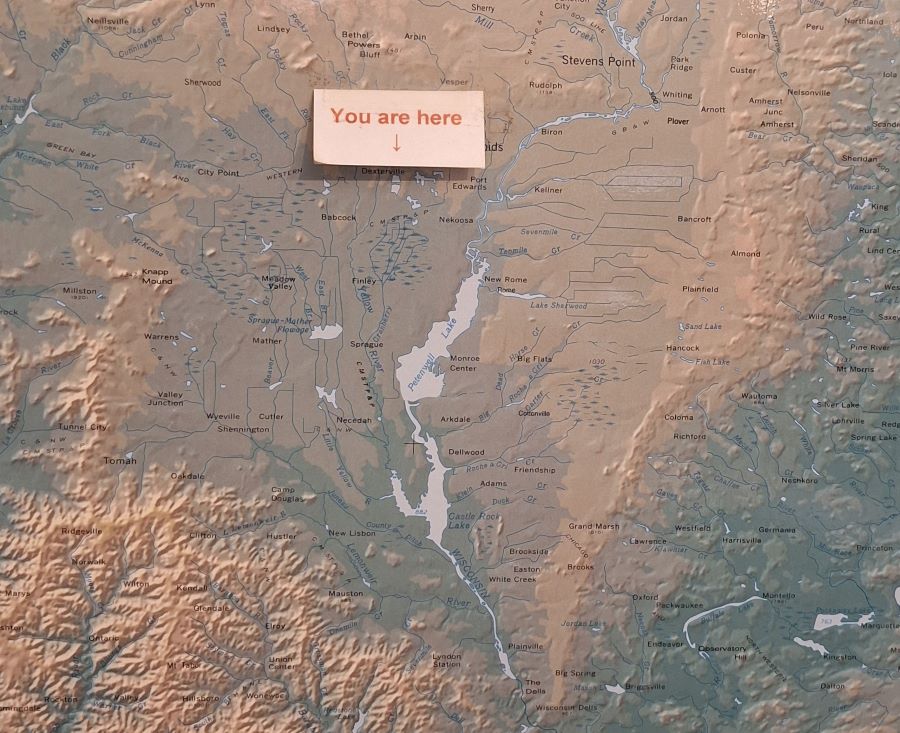
Alongside the map is a plaque that mentions the Baraboo Range. This is where the natural dam formed that stopped glacial meltwater draining from the basin. Brazeau Brown shared, “As these waters had melted, all of this water was being held back by the Baraboo Range, which according to their historical marker, is among the oldest visible physical features on Earth. Let that sink in for a minute.”
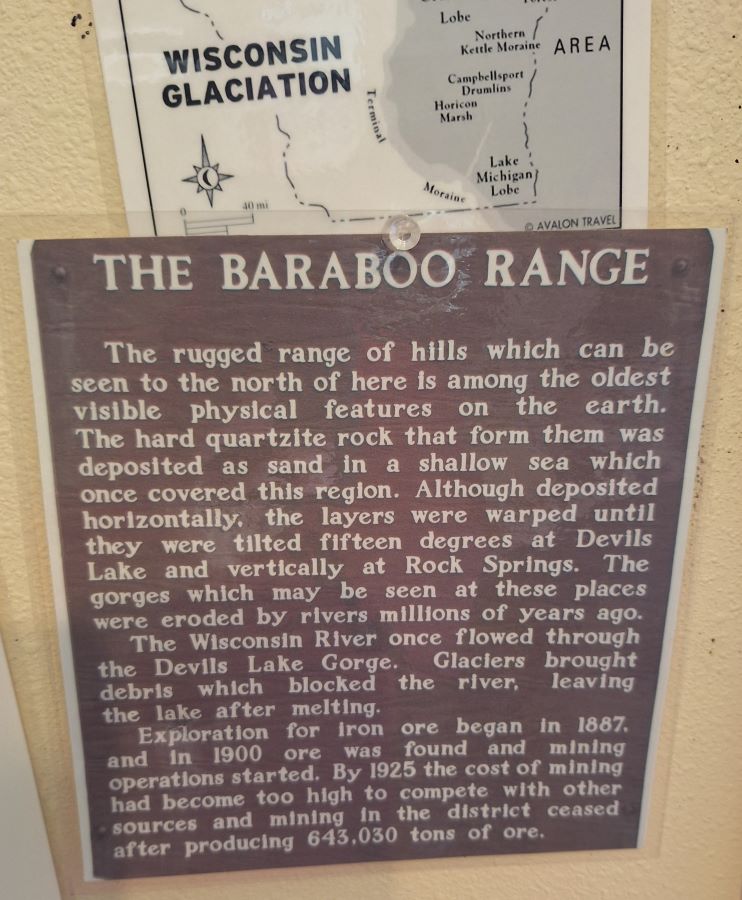
The Baraboo Range quartzite formations date back approximately 1.6 to 1.7 billion years ago. This lands the formation in the top 5 oldest visible features along with locations in Canada, Australia, and South Africa. The bluffs around Devil’s Lake State Park are part of the Baraboo Range.
Perfect for Cranberries
After the glacial lake disappeared, the remaining lake bed provided the perfect conditions for growing cranberries. Brazeau Brown shared, “…after the lake drained what was left was this area that was very flat, high water table, acid conditions, lots of sand, because it was the bottom of the lake…” Cranberries have been growing wild in this area for centuries. People of what is known now as the Ho-Chunk Nation harvested cranberries for many generations. They used them for food, medicine, dye, and trade goods.
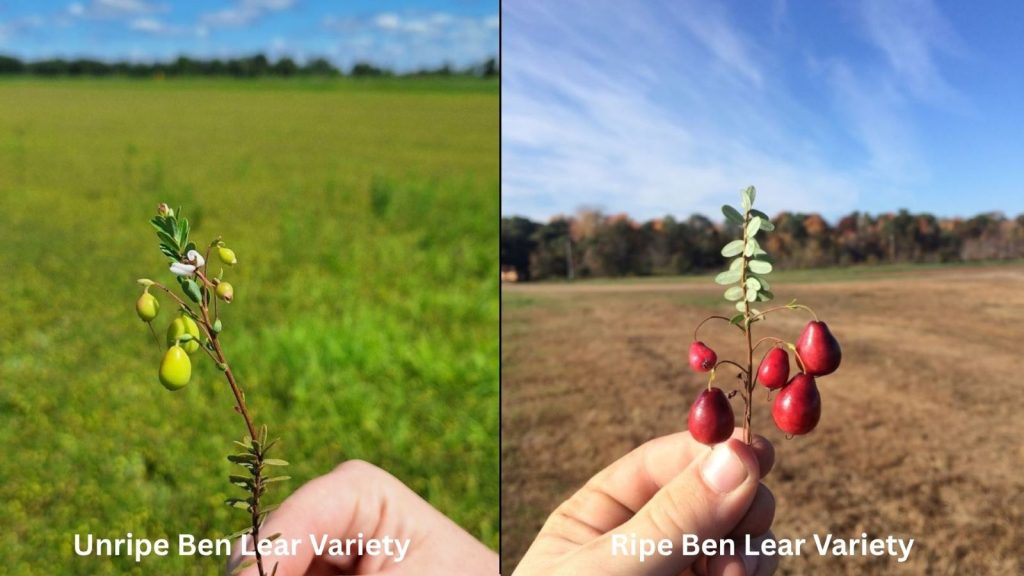
Recent History
In 1873 the Arpins, a prominent lumbering family, purchased 5,000 acres from the state to grow their business. Instead, they found it impossible to drain a swamp, and turned toward cultivating what was already growing wild on their property: cranberries.
By 1923, the Arpins were going through a financial reorganization. Mary Brazeau Brown’s grandfather was their attorney. He became one of 19 investors and by the early 1930s, T.W. Brazeau and his sons, Bernard and Richard, owned the entire property. As the years went by, another 1,000 acres were added to the overall property.
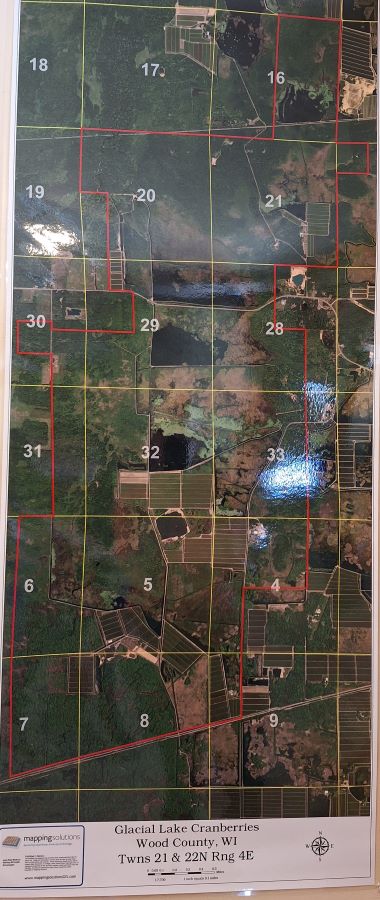
Modern History
Mary Brazeau Brown said she loved growing up and working on the cranberry marsh with her mom and dad Richard and Virginia Brazeau. “I loved working on maps and visualizing the future and the changes that we could make and the wildlife. It was all just my heart home from the get-go,” she says. While Brazeau Brown was ready to jump into working on the marsh after graduating high school, her mother Virginia insisted she go to college. Even after graduating with a degree in horticulture and itching to get back to work, Virginia wisely encouraged her daughter to get life experience outside of the marsh.
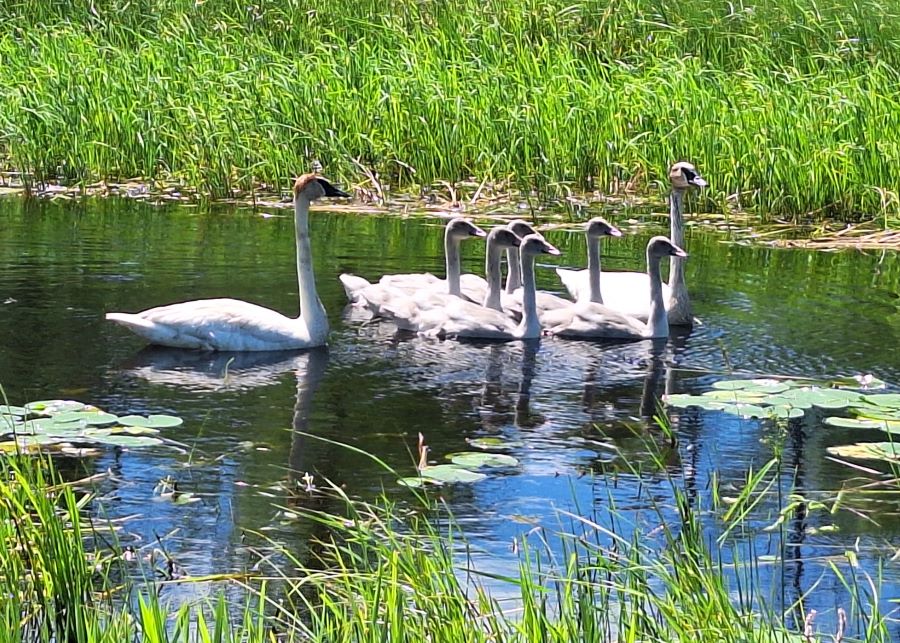
Brazeau Brown now agrees that her mom was absolutely right. Hindsight allows her to see that settling down on the marsh was a commitment she needed to be ready for and sure of. “I traveled around the country by myself. [I] lived in Boston for a while, lived in St. Paul for a while, met the love of my life, and then it was ok for me to come back.”
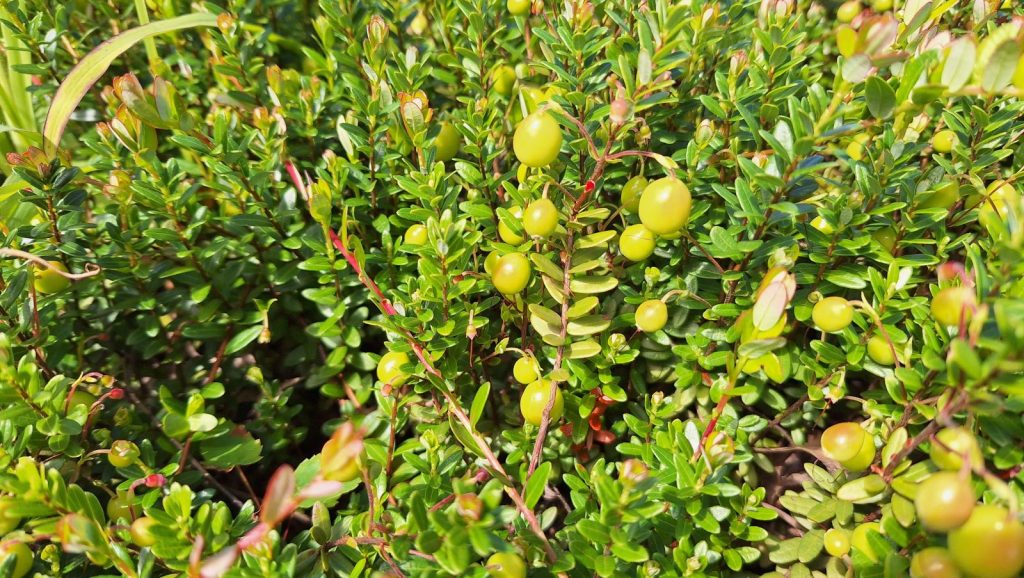
Once she returned home, Virginia required her daughter to interview for the job with herself and her partner, “an accountant and a brilliant business person.” He also happened to be her uncle and godfather, who Brazeau Brown said was very tough on her. A day after the interview, she was granted the job as Resident Manager of the property. However, her mother warned, “Just because you’re my daughter, don’t think I can’t fire you.”
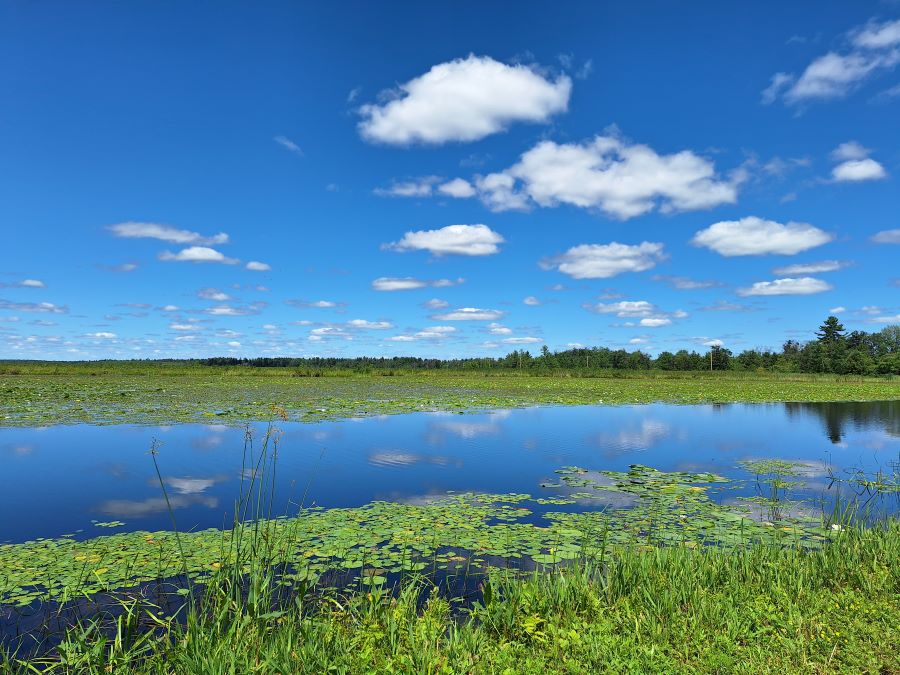
Glacial Lake Cranberries
Brazeau Brown said that that introduction to a job on the marsh was a great reality check and a wonderful decision. She hasn’t looked back since. Now her two children have returned to the area and joined in on the family business. Her son Stephen manages the property and Brazeau Brown proudly proclaims him a better cranberry grower than herself. Her daughter Allison Brown has helped start another company that uses cranberries from the family marsh in a unique way.
Honestly Cranberry
The company is called Honestly Cranberry. They only have one product – unsweetened dried cranberries with nothing added. This is unique in the world of cranberry products that often include sugars, oils, fiber, sulfur, or other juices. Their dried cranberries are shelf-stable and Brown says are good by themselves or in many recipes as they compliment a lot of flavors. In true Wisconsin fashion, Brazeau Brown says they’re great muddled in an old fashioned cocktail. She also added that this unsweetened dried cranberry product fills a niche for those looking for clean ingredients with nothing added.
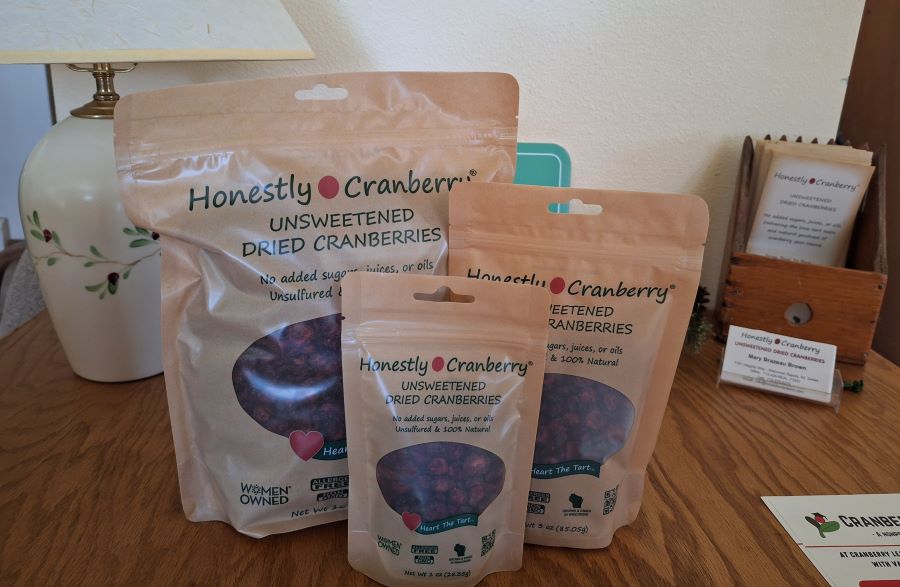
Sustainability
Glacial Lake Cranberries may have a Wisconsin Rapids address, however, it is located in the Township of Cranmoor. Brazeau Brown said the six square mile area was formed during the early 1900s. After failing to drain the area to grow other crops, property owners turned to cultivating the native cranberries. They named the township Cranmoor because it reminded settlers of the moors of Scotland. “Now this township is made up of 14 cranberry growers. Most of the marshes are over 100 years old,” Brazeau Brown said. Along with her enjoyment of sharing the history of the area, Brazeau Brown is also proud of the sustainable agriculture her family is continuing. This fall will mark the 152 commercial cranberry harvest on Glacial Lake Cranberries marshes.
You can learn more about cranberries in Wisconsin and Glacial Lake Cranberries on this edition of Wisconsin Foodie.
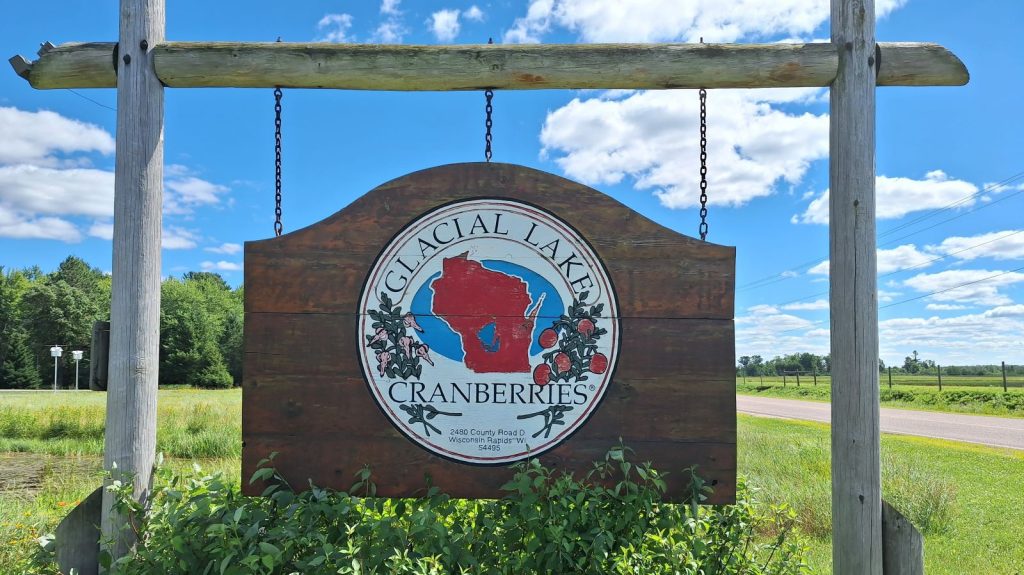
Editor’s Note: This story has been edited to include the correct spelling of Stephen.

Melissa Kaye is the News Director for WFHR and WIRI in Wisconsin Rapids. Email her at melissa.kaye@civicmedia.us.
Want More Local News?
Civic Media
Civic Media Inc.
The Civic Media App
Put us in your pocket.
